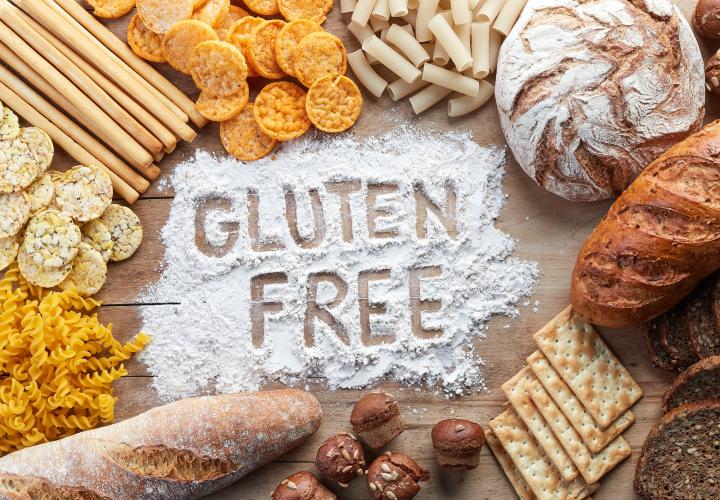Eating out safely and staying social
Going out to restaurants can feel risky, but it doesn’t have to be restrictive or isolating. Here are ways to ensure your child can enjoy a culinary experience out:
- Call ahead: Speak to the manager or chef about gluten-free options and their kitchen practices.
- Ask specific questions: Do they use a dedicated fryer? Is there a risk of cross-contact on shared grills? Do they have gluten-free soy sauce?
- Bring backup: Having a few snacks or a meal on hand, especially for parties or school events, ensures your child always has something safe to eat.
- Use technology: Apps like Find Me Gluten Free can help you find and vet restaurants with good reviews from the gluten-free community.
Don't overlook medications and supplements
Yes, gluten can sometimes be found in unexpected places—including medications as a binder or filler. Always check with your pharmacist and use trusted resources like glutenfreedrugs.com or Beyond Celiac’s medication list.
Vitamins and supplements should also be gluten-free. Look for certified products or ask your doctor for safe options.
Encouraging proper nutrition for your child
Kids with celiac disease may be at risk for deficiencies because of previous damage to the small intestine or from limited food choices. Key nutrients to watch include:
- Iron
- Calcium
- Vitamin D
- B Vitamins (especially B12 and folate)
- Zinc
- Fiber
Encourage a balanced, naturally gluten-free diet that includes fruits, vegetables, lean proteins, dairy, and whole grains like quinoa, brown rice, and millet. If your child is a picky eater or has lingering digestive symptoms, reach out to a pediatric GI expert specializing in celiac disease.
>>Related: Beyond Celiac Disease: William's Story
